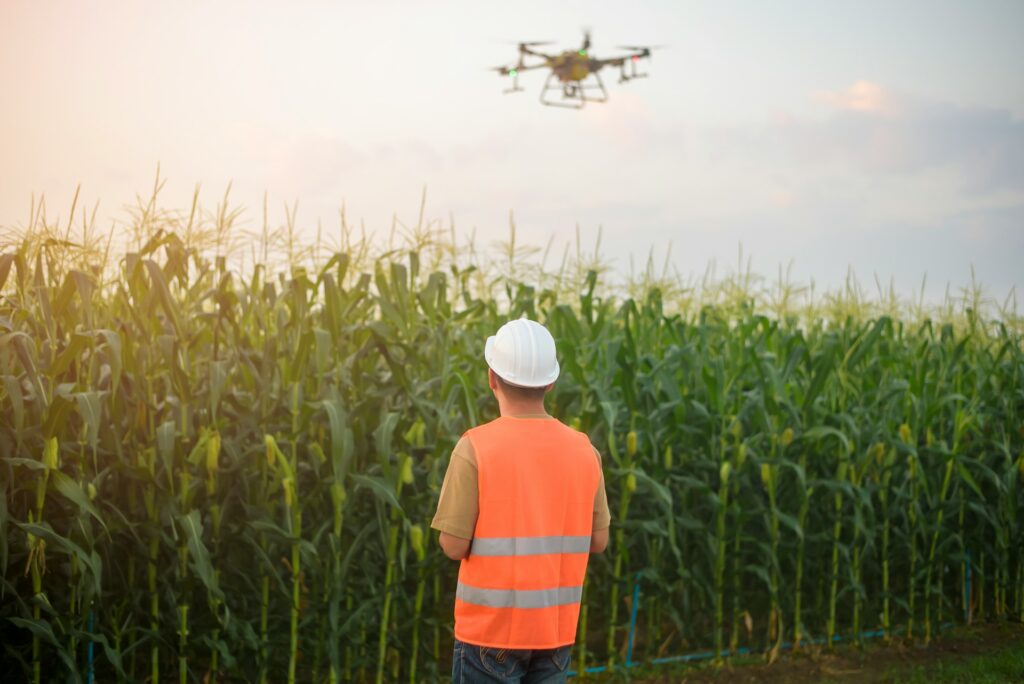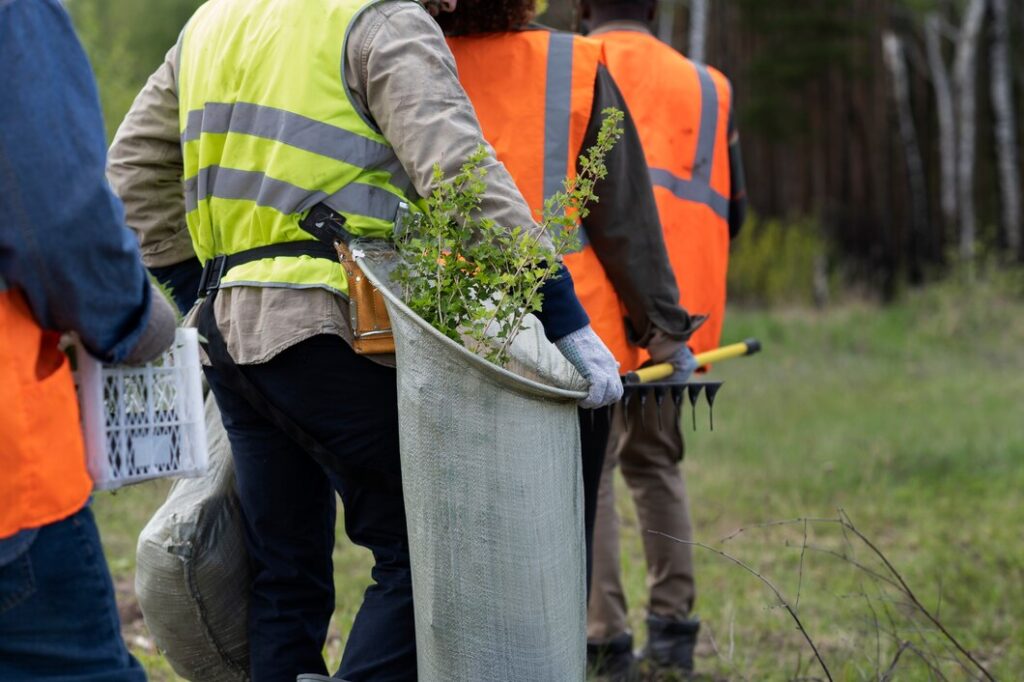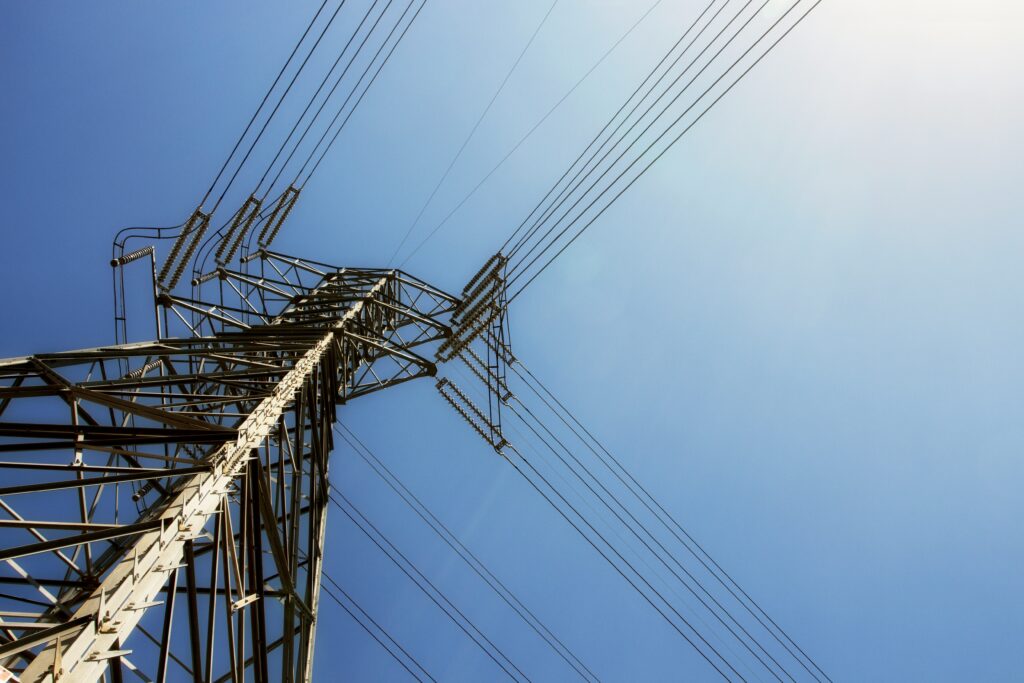Vegetation management is crucial for maintaining the reliability of utility services. When trees and plants grow unchecked, they can interfere with power lines and gas pipelines, leading to outages and safety hazards. Properly managing this vegetation is important, yet it’s a challenging task for utility companies.
AI technology is changing the way utilities approach vegetation control. By using advanced tools and data analysis, AI helps companies efficiently identify and address vegetation issues before they cause problems. This proactive approach not only keeps the lights on but also improves safety for both workers and the community.
With AI, utility companies can streamline their vegetation management efforts, making them more effective and less costly. As these technologies continue to develop, their role in preventing utility outages becomes even more significant, offering a promising solution for the ongoing challenges faced by the industry.
The Impact of Vegetation on Utility Outages
Unmanaged vegetation is a significant issue for utility companies, often leading to unexpected outages and disruptions. When trees, branches, and other plants grow too close to power lines, they can create several problems. High winds or storms can cause branches to fall onto lines, resulting in power cuts or even sparking fires. Heavy foliage can also block access to important utility infrastructure, making maintenance and repairs more challenging.
In electric utilities, vegetation is one of the leading causes of service disruptions. For example, during storms, falling branches can damage transmission lines, causing widespread outages that affect thousands of customers. Regular contact between branches and power lines can also cause circuit overloads or short circuits, which might not immediately lead to outages but still pose a risk.
For gas utilities, vegetation might seem less of a threat, but it’s still a concern. Tree roots can grow into pipelines, causing cracks or blockages. These root intrusions can lead to leaks, which are dangerous and costly to repair. Additionally, overgrown vegetation can conceal problems with above-ground gas infrastructure, making it harder to spot issues during inspections.
Proper vegetation management is critical to preventing these problems. By keeping trees trimmed and plants managed, utilities can reduce the risk of outages, save on maintenance costs, and improve overall safety. Regular monitoring and proactive trimming can stop potential issues before they result in disruption.
AI Tools for Effective Vegetation Management
AI technology offers several advanced tools for managing vegetation effectively. These tools use data-driven insights to help utility companies maintain clear paths around power lines and pipelines, enhancing safety and reliability.
1. Drones with AI Capabilities: Equipped with cameras and sensors, drones can quickly survey areas around utility lines. They capture images and gather data on vegetation growth, saving time and effort compared to manual inspections.
2. Satellite Imagery: Satellite images provide a broad view of large areas, identifying regions where vegetation growth poses a risk. AI analyzes this imagery to detect changes over time, allowing companies to prioritize areas for treatment.
3. Predictive Analytics: By analyzing past vegetation growth patterns and weather data, AI can predict where and when vegetation might become a problem. This helps utility companies schedule maintenance more efficiently.
4. Machine Learning Models: These models learn from historical data about outages and vegetation to improve the accuracy of risk assessments. By understanding which types of vegetation are most likely to cause issues, utilities can make better decisions about where to focus their efforts.
5. LiDAR Technology: Using laser-based sensors, LiDAR creates detailed 3D maps of vegetation. This precision allows utilities to measure how close branches and foliage are to power lines, helping teams prioritize trimming based on real risk.
By leveraging these AI tools, utility companies can proactively manage vegetation, reducing the likelihood of outages. These technologies enhance safety and efficiency, ensuring that the power stays on and gas flows smoothly even when nature tries to interfere.
Benefits of AI-Driven Vegetation Management
Using AI for vegetation management provides several important benefits in preventing utility outages. One of the main advantages is improved accuracy in identifying at-risk vegetation around utility lines. Unlike traditional methods, AI technologies can analyze vast amounts of data quickly and identify potential problems that might be missed otherwise. This precision helps in targeting the exact areas that need attention, reducing the chance of outages caused by fallen or overgrown trees.
AI-driven tools also boost efficiency in vegetation management. By automating the process of monitoring and analysis, companies can reduce the time and labor required. This means that resources can be allocated more effectively, allowing for faster and more comprehensive management practices. Moreover, the ability to predict growth patterns and weather impacts allows for better scheduling of trimming and maintenance activities.
Another significant benefit is cost reduction. AI helps in avoiding unnecessary maintenance work by focusing efforts only where they’re needed. This selective approach lowers operational costs and minimizes the disruption caused by maintenance crews working in the field. Companies can save both time and money while keeping their utility lines safe from vegetation-related issues.
Implementing AI Solutions in Vegetation Management
To successfully integrate AI into vegetation management, companies should follow clear implementation steps. First, it’s essential to conduct a thorough assessment of current vegetation management practices to identify gaps and areas for improvement. This analysis helps in understanding how AI can fit into existing operations and what specific tools or technologies are needed.
Next, choosing the right AI technologies is crucial. This involves selecting software and devices that meet the company’s specific needs, such as advanced sensors, predictive analytics, and machine learning algorithms. Ensuring that these tools are compatible with existing systems is vital for seamless integration.
Training staff to use AI tools effectively is another important step. Employees should be well-versed in new technologies and understand how to interpret AI-driven data. This ensures that all team members are on the same page and can make informed decisions based on accurate insights.
Overcoming potential challenges is also a key part of implementation. Common issues include data integration and ensuring consistency across different platforms. It’s important to create a robust strategy for data management and invest in platforms that facilitate easy communication between systems. Regular evaluations and updates to the AI systems should be conducted to adapt to changing vegetation patterns and environmental conditions.
Conclusion
AI is revolutionizing vegetation management, offering smart solutions to prevent utility outages efficiently. By leveraging AI technologies, utility companies can enhance precision in monitoring and managing vegetation, improving both safety and reliability of service. The use of predictive insights enables timely action, reducing risks before they escalate into significant issues.
As Field1st, we are committed to nurturing these advancements. Our focus is to bring these innovative AI solutions to utility companies eager to improve their vegetation management practices. We aim to help your team implement AI technologies smoothly, ensuring that your operations stay efficient and outage-free.
If you’re looking to bolster your vegetation management with cutting-edge AI technology, let Field1st be your guide. Join us in transforming how you manage vegetation and secure your utility lines effectively. Contact Field1st today to learn how our AI-driven safety reporting tool can support you in achieving more reliable and safe utility operations.





